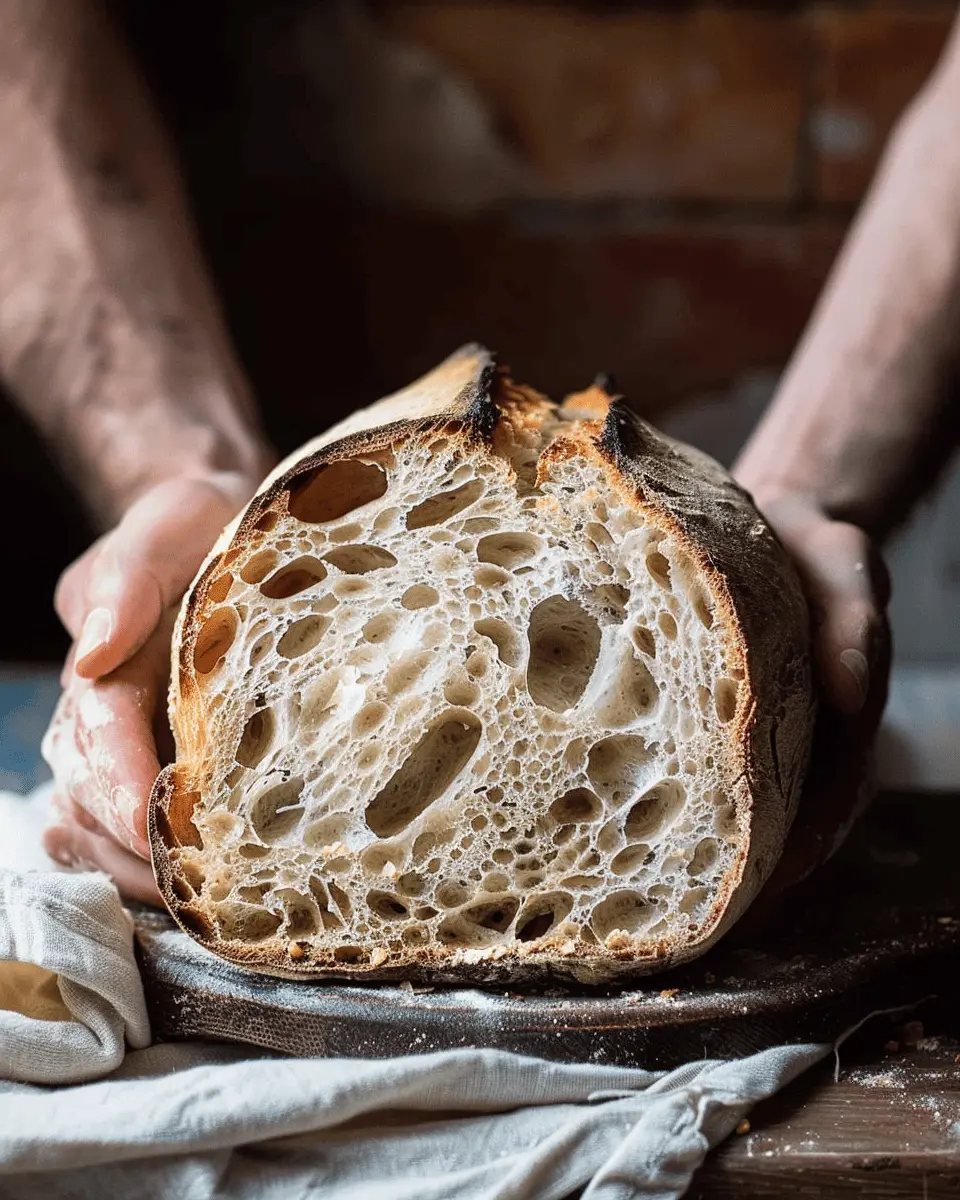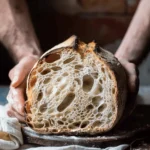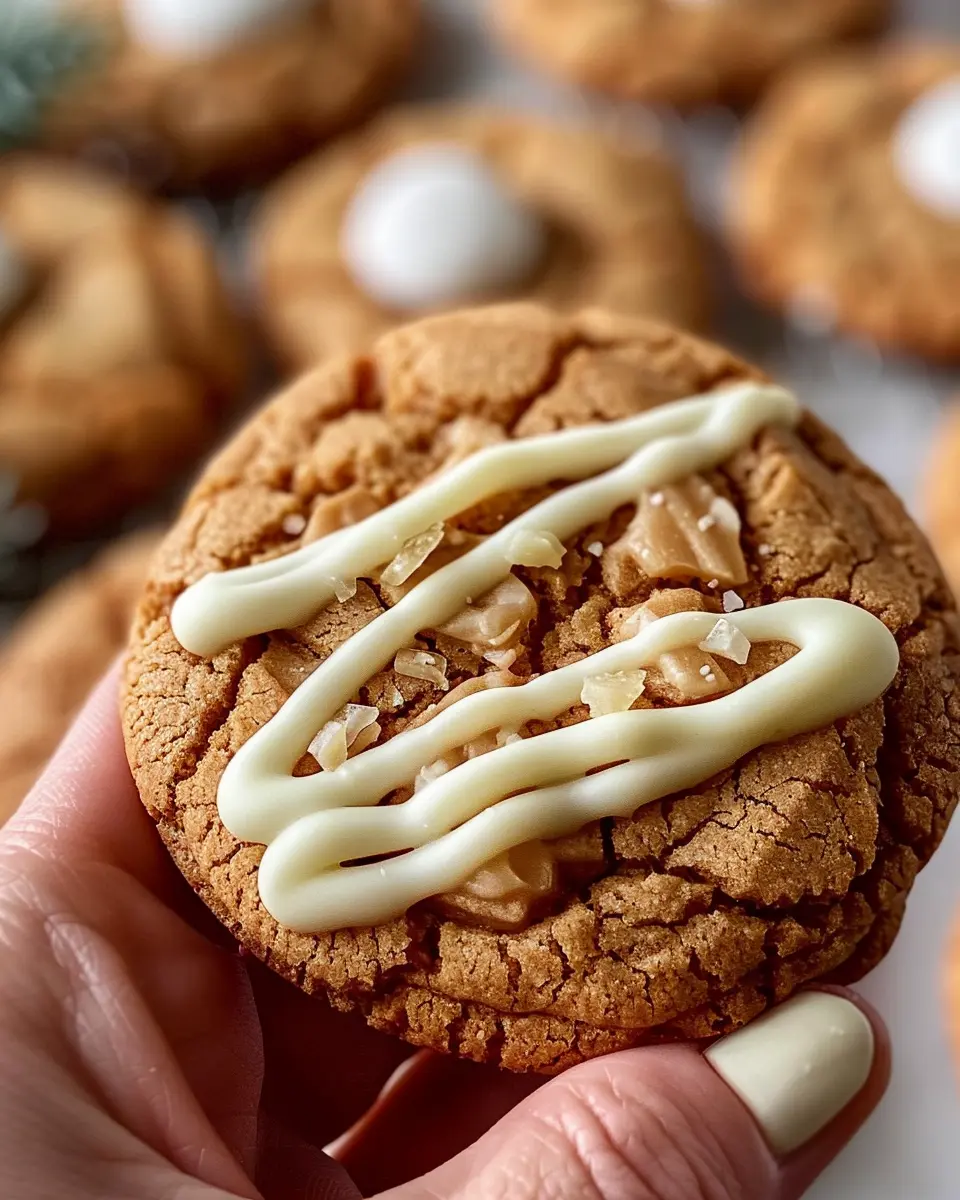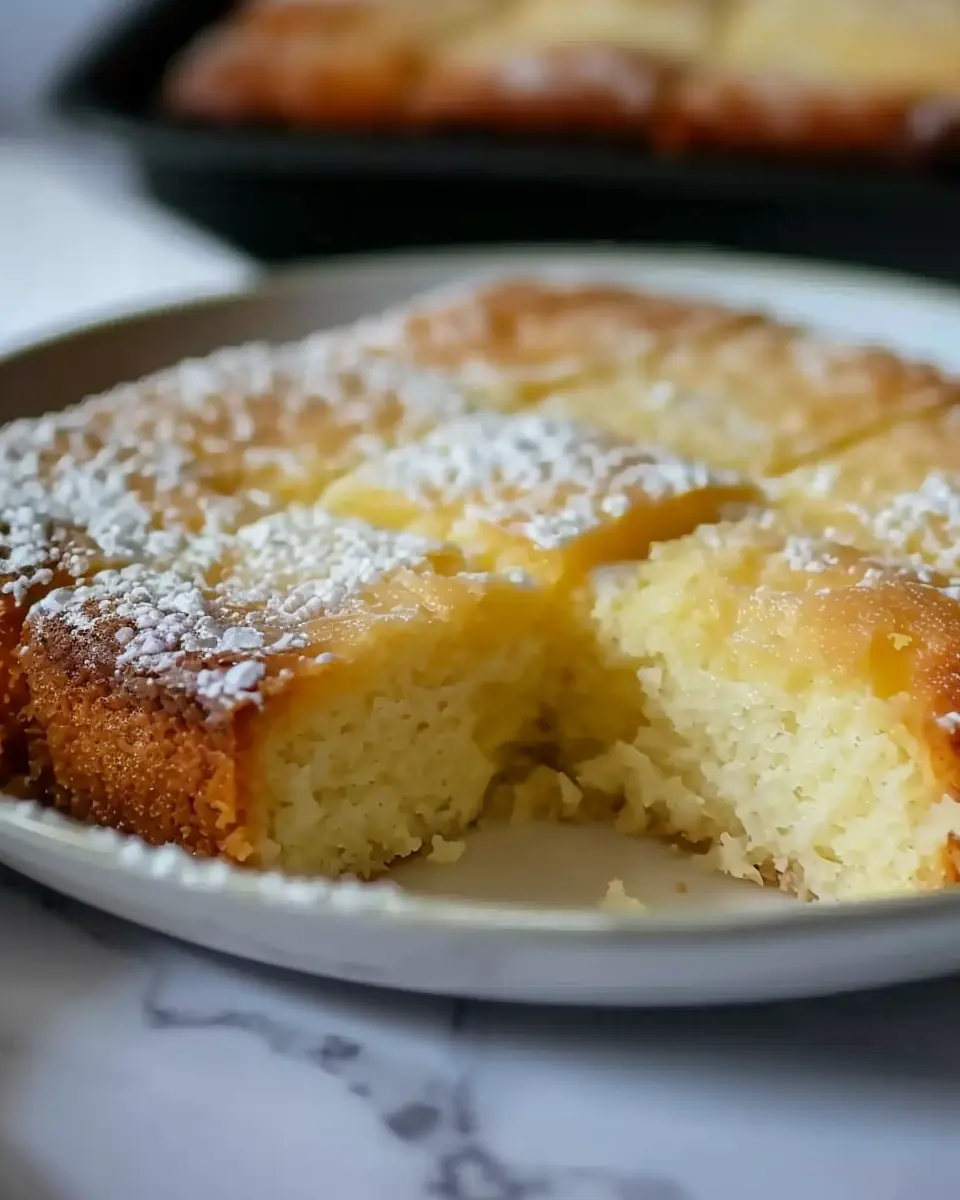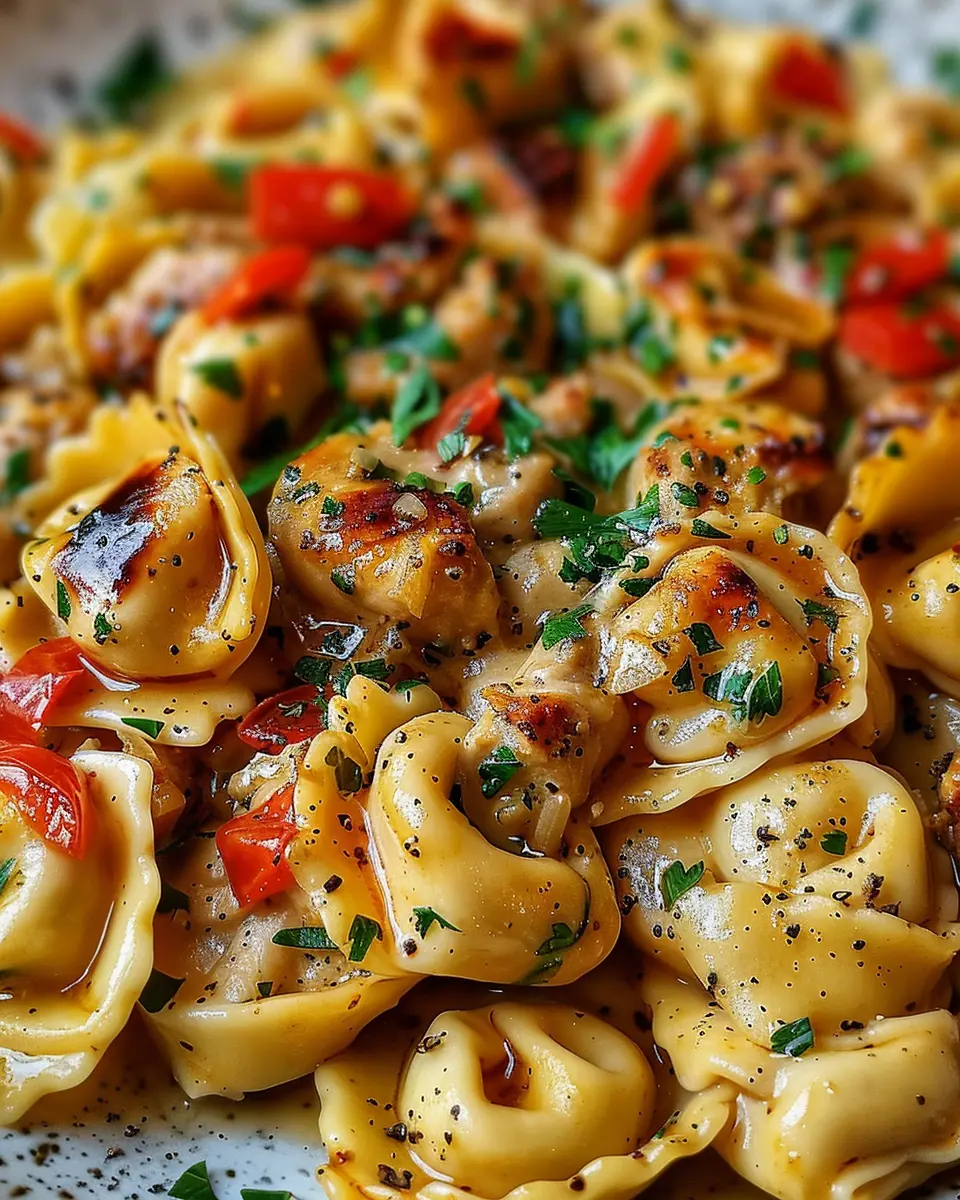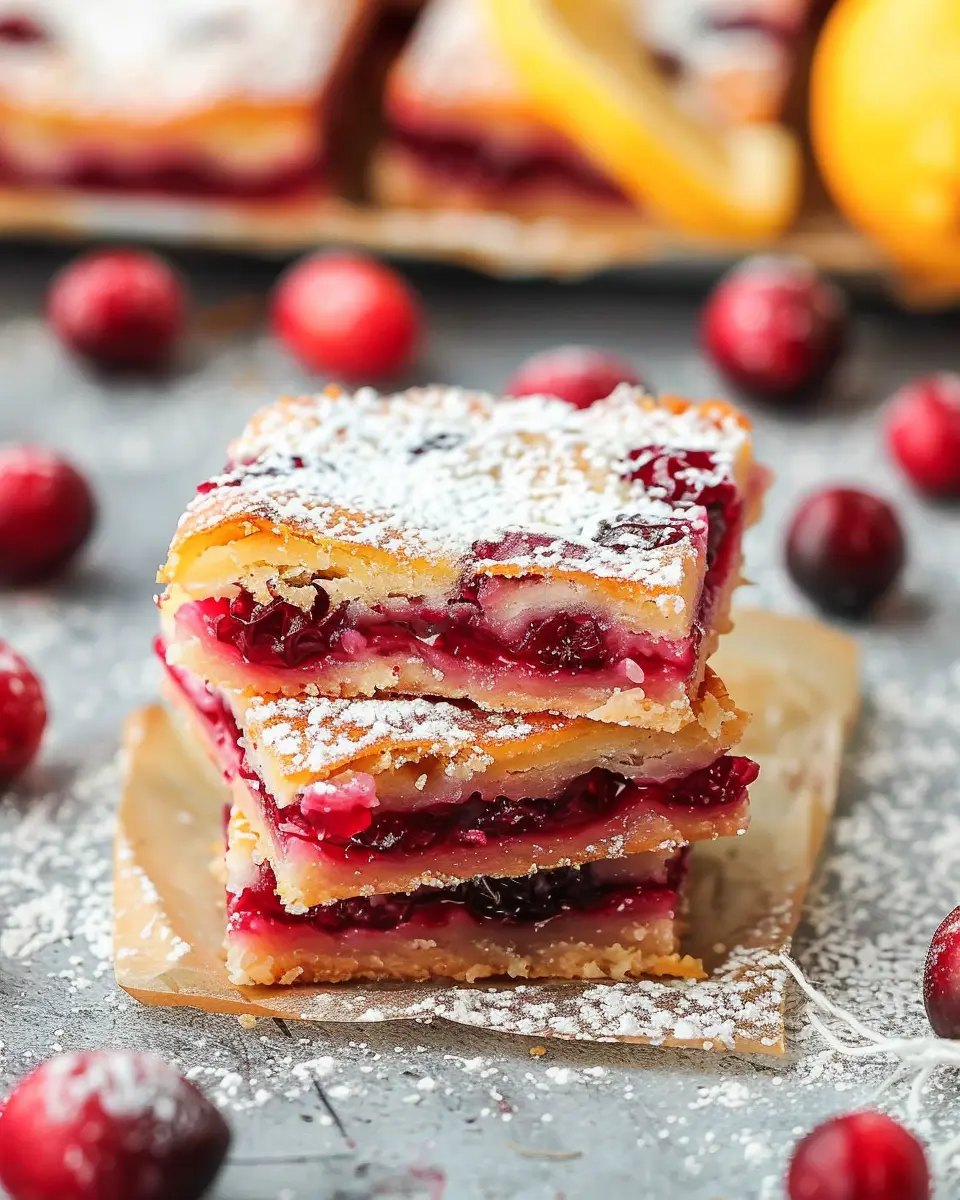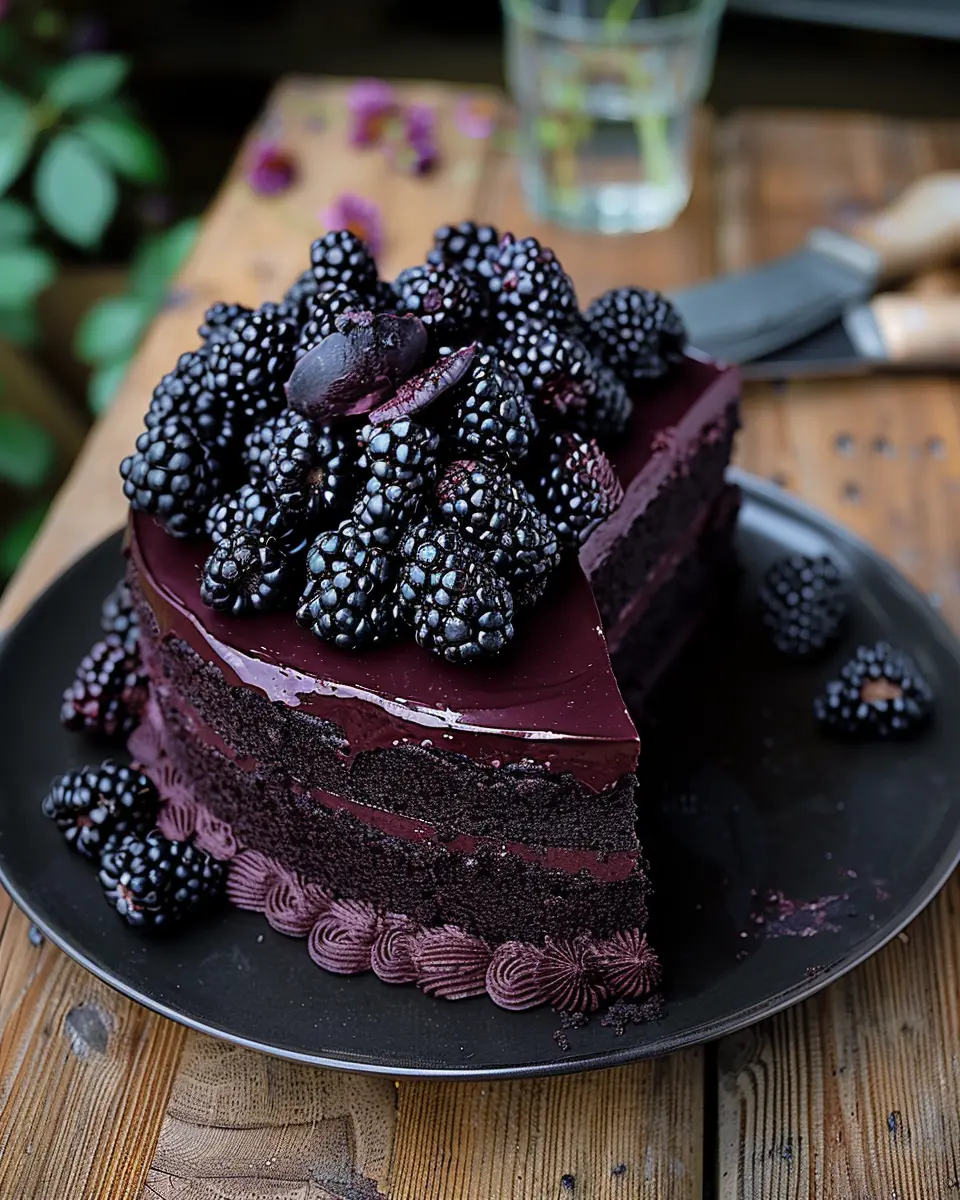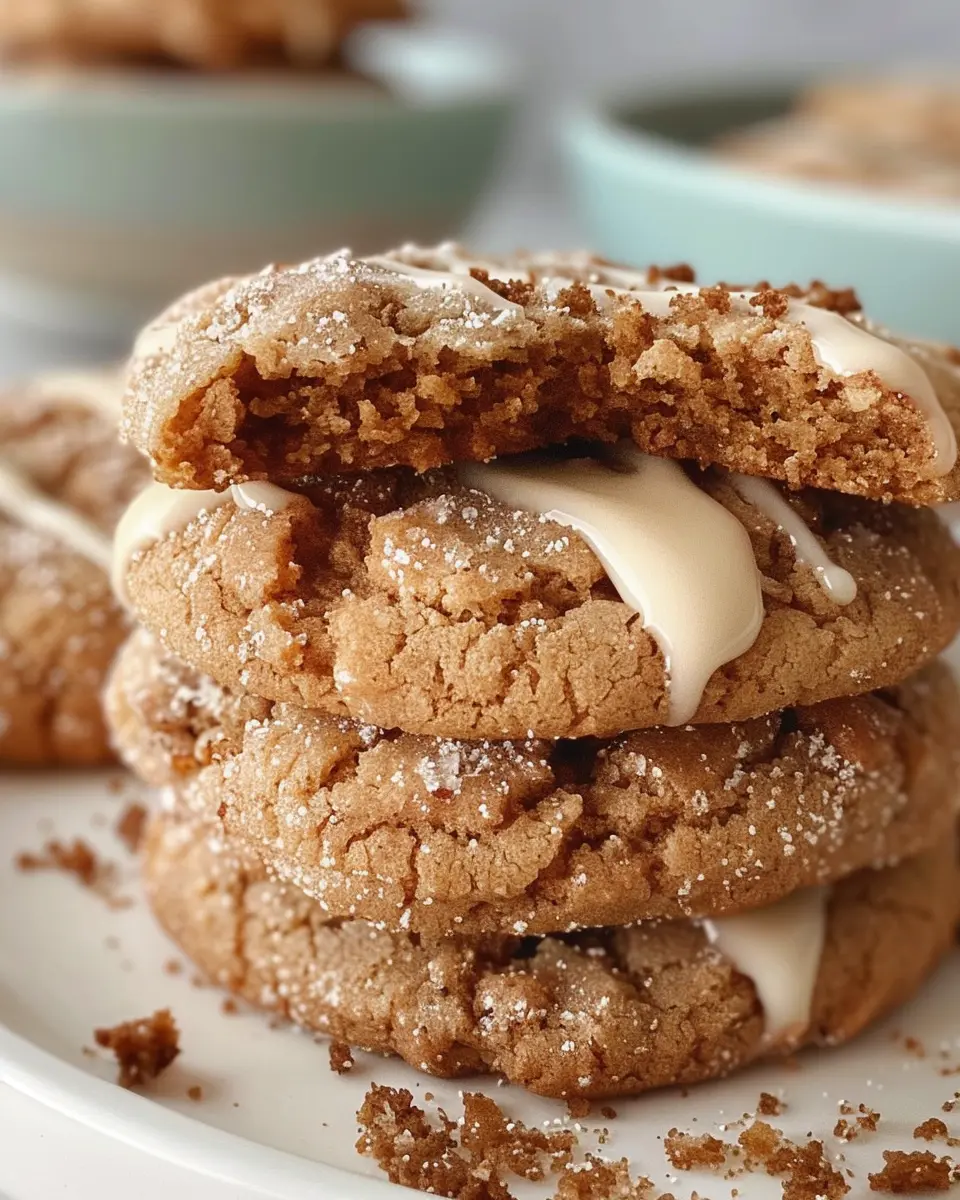Introduction to the Best Sourdough Recipes
Sourdough has taken the culinary world by storm, and for good reason! Whether you’re a seasoned baker or just finding your footing in the kitchen, there’s something particularly satisfying about crafting your own sourdough. The tangy flavor, hearty texture, and the delightful aroma wafting from the oven can make any home cook feel like a professional baker.
Why is sourdough so loved by home cooks?
One of the biggest draws to sourdough is its versatility. From crusty bread to fluffy pancakes, the best sourdough recipes open up a world of culinary possibilities. Did you know that sourdough fermentation makes bread easier to digest? The naturally occurring lactic acid bacteria help break down gluten, which can make it a great option for those with gluten sensitivities (not gluten allergies, though!). You can learn more about this fascinating process at Cultures for Health.
Sourdough is also a labor of love. It requires patience as the dough ferments, but that long wait builds incredible flavor. Each loaf you bake tells a story all its own—whether it’s the first loaf you made or a perfected family recipe. Plus, there’s nothing quite like the proud feeling of sharing a homemade loaf with your friends and family. Have you ever seen someone’s face light up at the sight of fresh bread?
Another perk is that sourdough uses simple ingredients—just flour, water, salt, and your starter. This simplicity resonates with many in today’s world of processed foods. By making sourdough at home, you can control what goes into your bread, opting for whole grain or specialty flours based on your preferences.
Ready to dive into this delightful world? In our upcoming sections, we’ll explore the best sourdough recipes that are not only delicious but also approachable for every skill level. Whether you want to bake your first loaf or try out some creative sourdough twists, there’s something here for everyone!
For inspiration and technique tips, check out resources like King Arthur Baking or The Sourdough School to kickstart your sourdough journey. Happy baking!
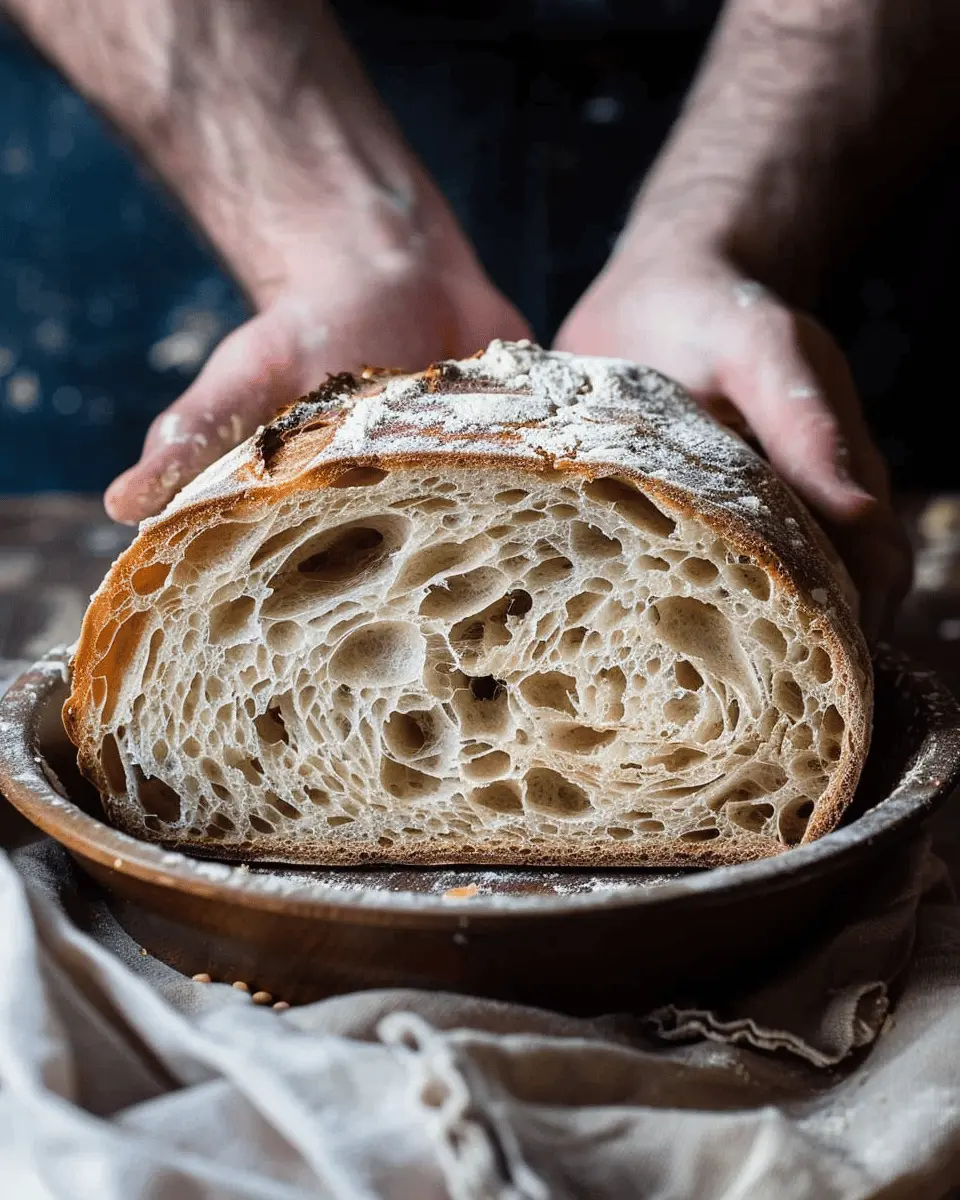
Ingredients for the Best Sourdough Recipes
When it comes to crafting the best sourdough recipes, having the right ingredients is essential. Let’s break it down!
Essential ingredients for a basic sourdough starter
To get started, your sourdough starter needs just a few simple ingredients:
- Flour: Choose unbleached all-purpose flour or whole grain flour for a more robust flavor.
- Water: Filtered or dechlorinated water works best to nurture those wild yeast and bacteria.
- Time: While not an ingredient you can measure, patience is key! Your starter needs time to ferment and develop its unique flavors.
The magic lies in the fermentation process, as noted by the experts at the King Arthur Baking Company. Their tips emphasize starting with fresh, high-quality ingredients for better results.
Extra ingredients for flavoring and variations
Once your starter is bubbling away, think about enhancing your sourdough with additional ingredients:
- Seeds and nuts: Sunflower seeds, walnuts, or flaxseeds can add a delightful crunch.
- Dried fruits: Raisins and cranberries infuse a sweet burst of flavor.
- Herbs and spices: Fresh rosemary or ground cinnamon can elevate your loaf to new culinary heights.
These extra elements not only enhance taste but can make the best sourdough recipes even more intriguing! Don’t forget to experiment and discover what you love. Happy baking!
Step-by-Step Preparation of Sourdough
Making sourdough is a beautifully rewarding process. With just a few ingredients, a little patience, and some care, you can create your very own fluffy, tangy bread. So, let’s get started on this exciting culinary journey!
Making the sourdough starter
Your sourdough starter is the heart of your bread. To create it, you’ll need equal parts of water and flour—use a mix of whole wheat and all-purpose for the best results. Mix 100g of water with 100g of flour in a clean jar. Stir it well until it resembles a thick batter, then cover it loosely with a lid or cloth to allow air to flow while preventing dust from settling in.
It’s crucial to keep your starter in a warm spot (around 70°F to 75°F). In a few days, you’ll see bubbles forming and notice a pleasant, sour smell. For more information on sourdough starters, check out King Arthur Baking’s guide.
Feeding your starter
Once your starter is bubbly and rising, it’s time to feed it. Discard half of your starter (approximately 100g) and add 100g of water and 100g of flour to the remaining mix. This process not only sustains your starter but enhances its flavor and strength. Feed it every 12 hours for the best results. Remember, a healthy starter is essential for the best sourdough recipes.
Mixing the sourdough dough
Now that your starter is ready, it’s time to make the dough. Combine your active starter (around 200g), 375g of water, and 500g of flour in a large mixing bowl. Stir until there are no dry bits left, and the mixture becomes a shaggy dough. Let it rest for about 30 minutes to an hour—this is called autolyse and allows the flour to hydrate fully.
The first rise (bulk fermentation)
During bulk fermentation, your dough will undergo magical transformations. Cover it with a kitchen towel or plastic wrap and let it rise for about 4 to 6 hours, depending on your kitchen temperature. Every 30 minutes, give the dough a gentle stretch and fold—this helps develop gluten and strength. You’ll know it’s ready when the dough has roughly doubled in size and has a spongy texture.
Shaping the dough
Turn your dough onto a lightly floured surface and gently flatten it out to release some bubbles. To shape, fold the edges towards the center, creating a taut surface. Once this is done, flip it over and place it seam side down. You can use the bench scraper to help shape a round or oval loaf.
The second rise (proofing)
After shaping, place the dough in a floured proofing basket (or bowl lined with a floured kitchen towel) and let it proof for another 2 to 4 hours, or overnight in the fridge. This second rise allows the flavors to deepen and helps with the texture.
Scoring and baking the bread
Preheat your oven to 450°F (232°C) with a Dutch oven inside for about 30-45 minutes. Carefully transfer your proofed dough onto parchment paper and score the top with a sharp knife or razor blade. This not only provides a chance for steam to escape but also adds a beautiful design to your loaf.
Using pot holders, carefully remove your hot Dutch oven and lift the parchment with the dough into it. Cover and bake for about 30 minutes. Then, uncover the pot and bake for an additional 15 to 20 minutes until it’s golden brown and sounds hollow when tapped.
Cooling and slicing
Once your bread is out of the oven, let it cool on a wire rack for at least an hour before slicing. This resting time allows the texture to set. Cutting too soon might yield a gummy interior. Trust me, the wait is well worth it!
And there you have it! By following these steps, you’re well on your way to creating your very own sourdough masterpiece. Whether it’s for your morning toast or a hearty sandwich with Turkey Bacon and Chicken Ham, the end result will be a loaf that is not only delicious but also satisfying to make. Enjoy your baking adventure!
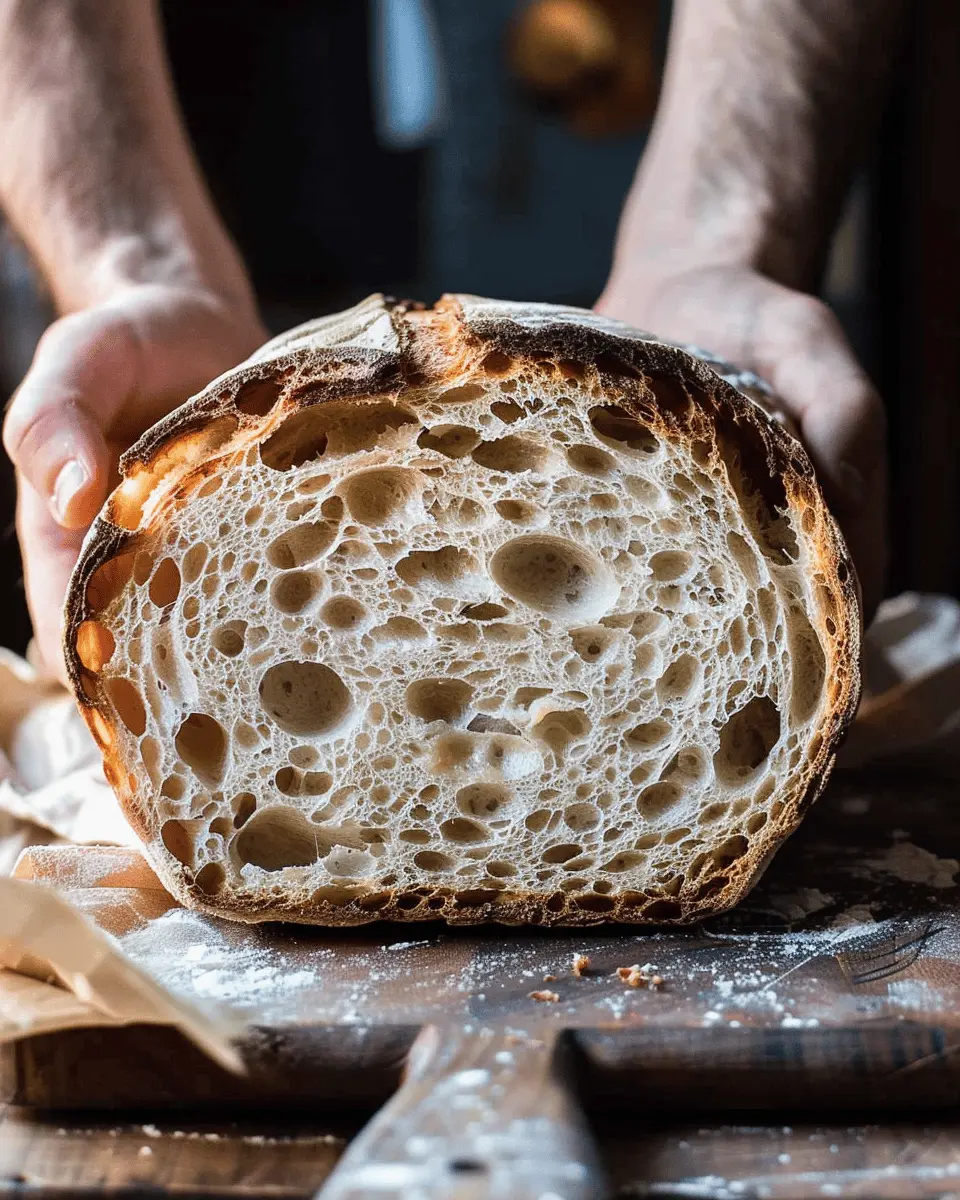
Variations on the Best Sourdough Recipes
Sourdough doesn’t have to be a one-size-fits-all bread; you can easily enhance its flavor and texture with delightful variations. Here are three incredible takes on the best sourdough recipes that you’ll want to try.
Sourdough with Herbs and Cheese
Imagine slicing into a loaf of sourdough, and instead of the usual tangy aroma, you’re greeted with a warm, savory scent of herbs and melted cheese! To make this variation, simply mix in fresh herbs like rosemary or thyme, along with your favorite cheese (think sharp cheddar or rich mozzarella), during the dough’s final stretch and fold. The result? A wonderfully aromatic bread that’s perfect for sandwiches or as a side for soups.
Whole Wheat Sourdough
For a nutty flavor and a boost of nutrients, opt for whole wheat sourdough. By substituting half of the all-purpose flour with whole wheat flour, you’ll introduce more fiber and protein into your loaf. It’s just as simple as the classic recipe, but the end product is a bread that not only tastes fantastic but also satisfies your health goals. Remember to hydrate the dough a bit more since whole wheat absorbs more water.
Sourdough Focaccia
For something a little different, how about making sourdough focaccia? With its deliciously crisp exterior and soft, flavorful interior, focaccia is a wonderful alternative. To create this, stretch your sourdough onto a baking sheet, dimple the surface, and sprinkle with olive oil, sea salt, and toppings of your choice—think olives, cherry tomatoes, or even turkey bacon for a savory touch. Bake until golden, and enjoy with a side of balsamic vinegar for dipping!
These variations show just how versatile sourdough can be, whether you’re new to baking or a seasoned pro. If you’re looking for more inspiration and techniques, resources like King Arthur Baking and The Bread Baker’s Apprentice offer fantastic insights. Happy baking!
Cooking Tips and Notes for Sourdough
When diving into sourdough baking, there are a few common pitfalls to watch out for that can derail your dough journey.
Common Mistakes to Avoid
-
Ignoring the Starter: Your sourdough starter is the heart of the bread. Neglecting it can lead to a weak rise. Keep it fed and bubbly for the best results! If you’re new to starters, check out this helpful guide on maintaining your sourdough starter.
-
Misjudging Hydration Levels: Too much or too little water can drastically affect your dough’s texture. Experiment to find the right balance that works for your kitchen environment.
How to Achieve the Perfect Crust
Achieving that golden-brown, crunchy crust is simple with a few techniques:
-
Steam: Create steam in your oven during the first 20 minutes of baking. This helps the bread rise and develop a crispy crust. You can do this by placing a tray of water in the oven or spraying water on the walls just before closing the door.
-
Proper Baking Temperature: Preheat your oven thoroughly. A blast of heat initially can ensure a great rise, yielding one of the best sourdough recipes results every time.
Using these tips will elevate your sourdough game and help you avoid common pitfalls. Happy baking!
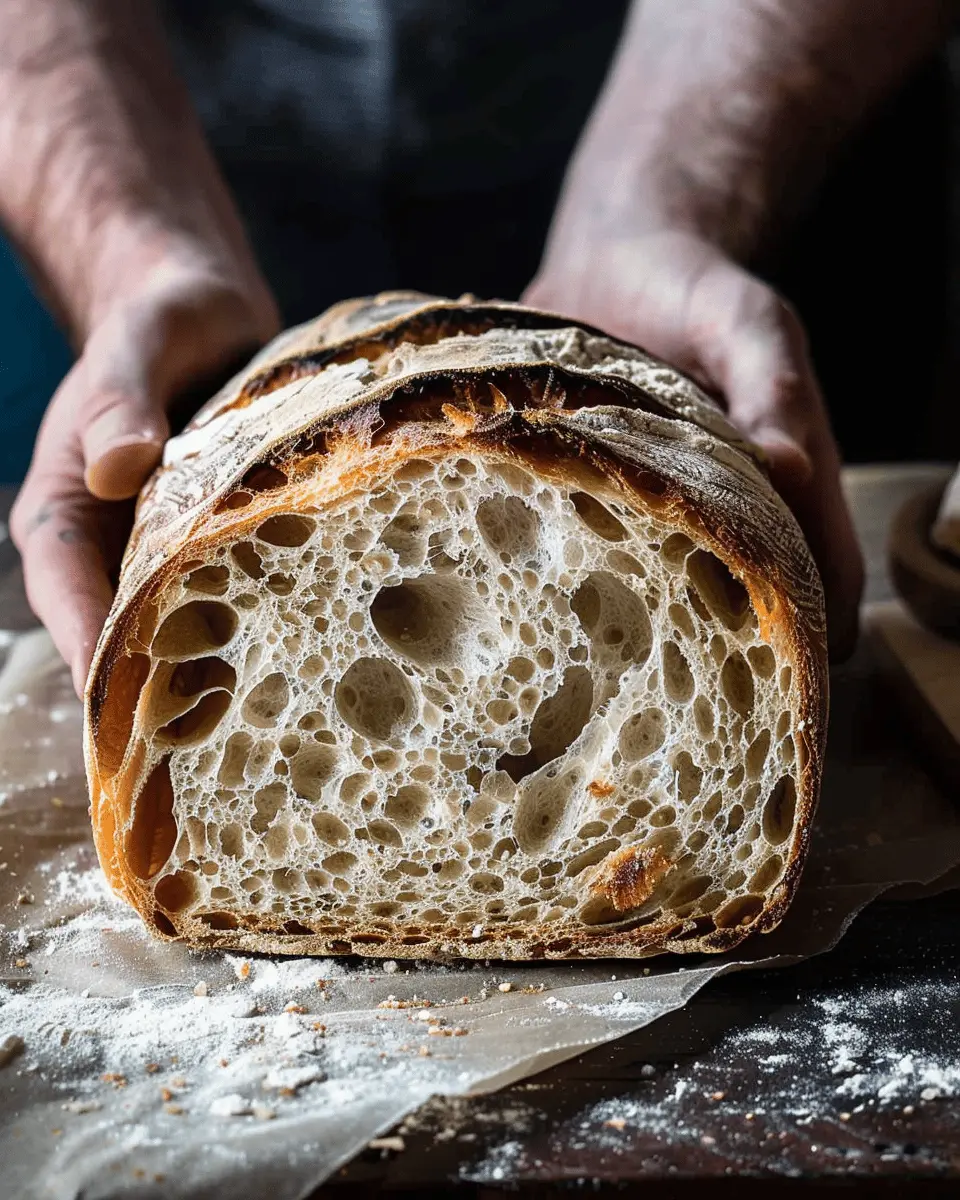
The Best Sourdough Recipes for Delicious Homemade Delights
Discover the best 10 sourdough recipes that make delicious homemade delights.
- Prep Time: 30 minutes
- Cook Time: 40 minutes
- Total Time: 6 hours
- Yield: 1 loaf 1x
- Category: Bread
- Method: Baking
- Cuisine: American
- Diet: Vegetarian
Ingredients
- 2 cups sourdough starter
- 4 cups all-purpose flour
- 1.5 cups warm water
- 1 tablespoon salt
Instructions
- Mix the sourdough starter, water, and flour in a large bowl until combined.
- Add salt and knead the dough for about 10 minutes.
- Let the dough rise for 4-6 hours, or until doubled in size.
- Shape the dough and place it in a proofing basket.
- Preheat the oven to 450°F (232°C).
- Score the top of the dough and bake for 30-40 minutes.
- Cool before slicing.
Notes
- Use a kitchen scale for precise measurements.
- The longer the dough ferments, the better the flavor.
Nutrition
- Serving Size: 1 slice
- Calories: 200
- Sugar: 1g
- Sodium: 500mg
- Fat: 1g
- Saturated Fat: 0g
- Unsaturated Fat: 1g
- Trans Fat: 0g
- Carbohydrates: 42g
- Fiber: 2g
- Protein: 6g
- Cholesterol: 0mg
Keywords: sourdough, recipes, baking, homemade, bread
